Sprogø is a very special Danish island that I’ve dreamt of visiting for a long time. The island has a long and unique history; it was used as a fortress in the 12th century, as a home for “deviant” girls from 1923 and 1961, and today sits right in the middle of the most important piece of infrastructure in Denmark – the Storebælt Bridge. The bridge is the longest in the country and connects Funen with Zealand, and runs straight across Sprogø. For this reason, it might seem that accessing the island would be incredibly easy, given that thousands of cars cross it every day, but stopping on Sprogø is only allowed with special permission. And for a normal human being like me, the only way to visit is to go on a tour. There are only a few tours every year, and tickets go fast, so this year, I set an alarm the day they dropped and snapped up one for me and one for my younger brother!
The tour is quite expensive at 450 DKK per person for five hours, but trust me, it’s worth it. Sprogø is one of those special once-in-a-lifetime destinations!
On a mild Sunday in April, my brother and I drove to Nyborg on Funen where the tour started. We met up with the group and our guides and boarded the bus that would take us across the bridge to Sprogø. It was hard to believe that I’d finally set foot on the island I’d crossed so many times in my life and always dreamt of exploring! But just a few minutes later, we took the exit off the bridge and onto the small island!





At the parking lot, our guide introduced us to the history of Sprogø, and then led us to the oldest part of the island, which is overlooked by the iconic lighthouse atop a hill. We came by Pigehjemmet (‘the girls’ home’), which has a rather dark history. Between 1923 and 1961, around 500 girls were sent to the island, not because they were criminals or ill, but because they were viewed by society as deviant, deficient and/or of easy virtue. Sprogø was never considered a prison, but it might as well have been, because the girls had to stay there for indefinite periods. And since they were on an island, which back then was very isolated, there was no way to escape.
Once the girls arrived on Sprogø, their freedom was taken away. The principal and head doctor were in charge of them, and had complete power over their doings. This led to severe neglect and torturous methods to maintain order, including forced sterilization, locking the girls in rooms alone for days on end, and depriving them of meals. These are just some of the terrible stories from this period of time on the island, stories that only became known long after the girls’ home closed in 1961, because back then, life on Sprogø was always presented in a positive way in the press.


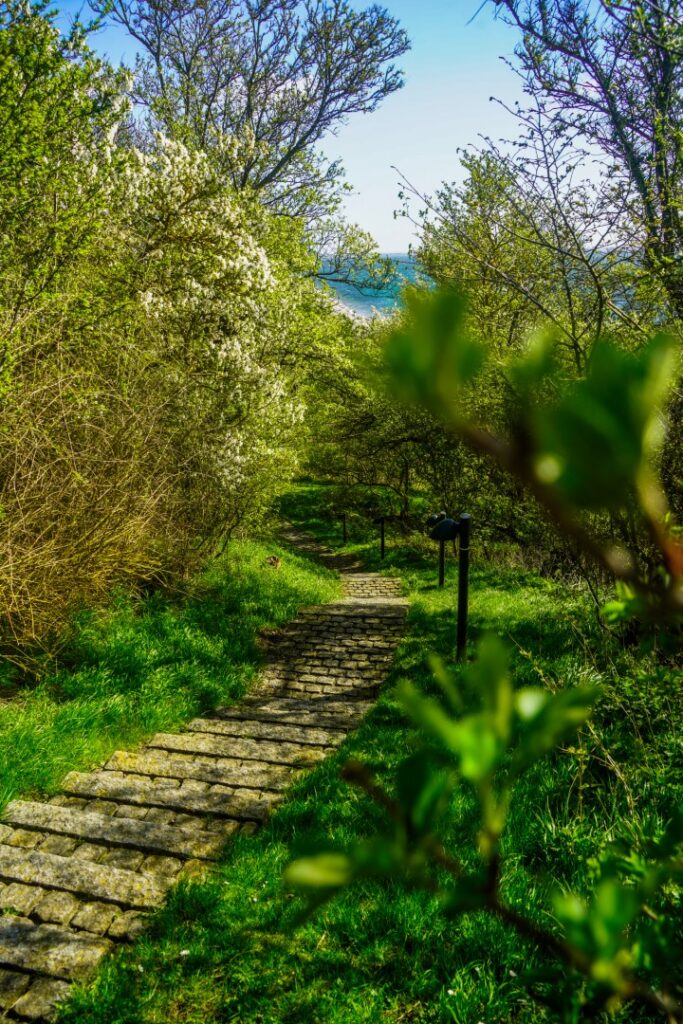
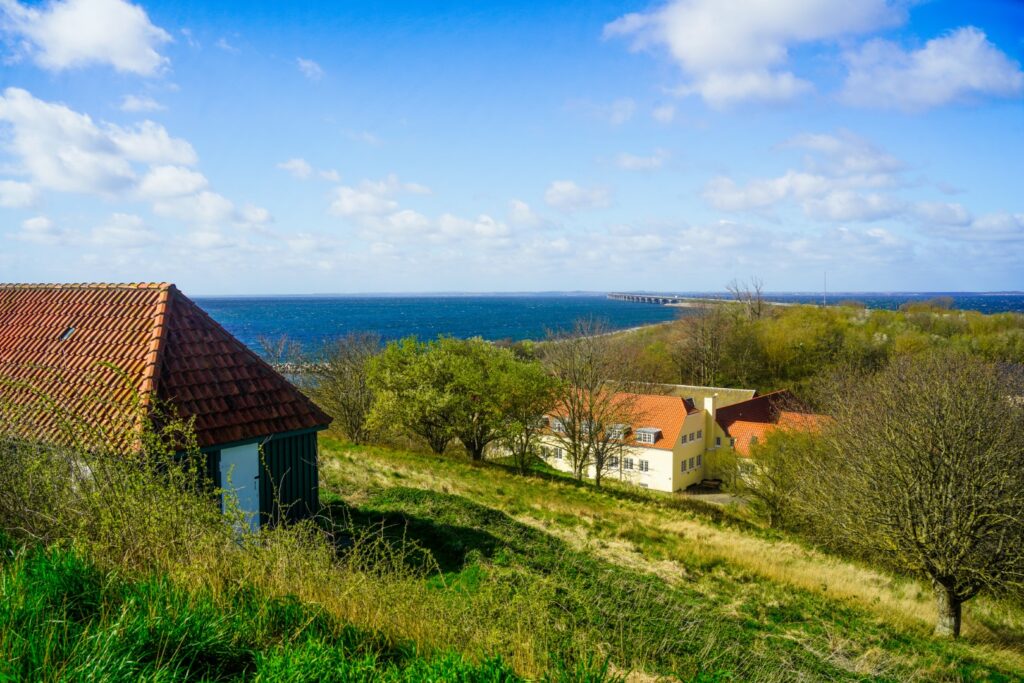
Those of us who wanted then climbed the lighthouse hill. Unfortunately, the lighthouse is closed to visitors, but we still had the most beautiful views over Sprogø and the Storebælt Bridge. We could also see the large flatlands of the island that are protected nature reserves and home to over 120 species of birds!
Back down from the lighthouse hill, we wandered around “Old Sprogø” for a while, and came by the memorial garden where a monument commemorating Christian Keller, the founder of the girls’ home, stands. Thankfully, funding for a monument for the hundreds of girls that he tormented is in place, and it is expected to be finished soon.
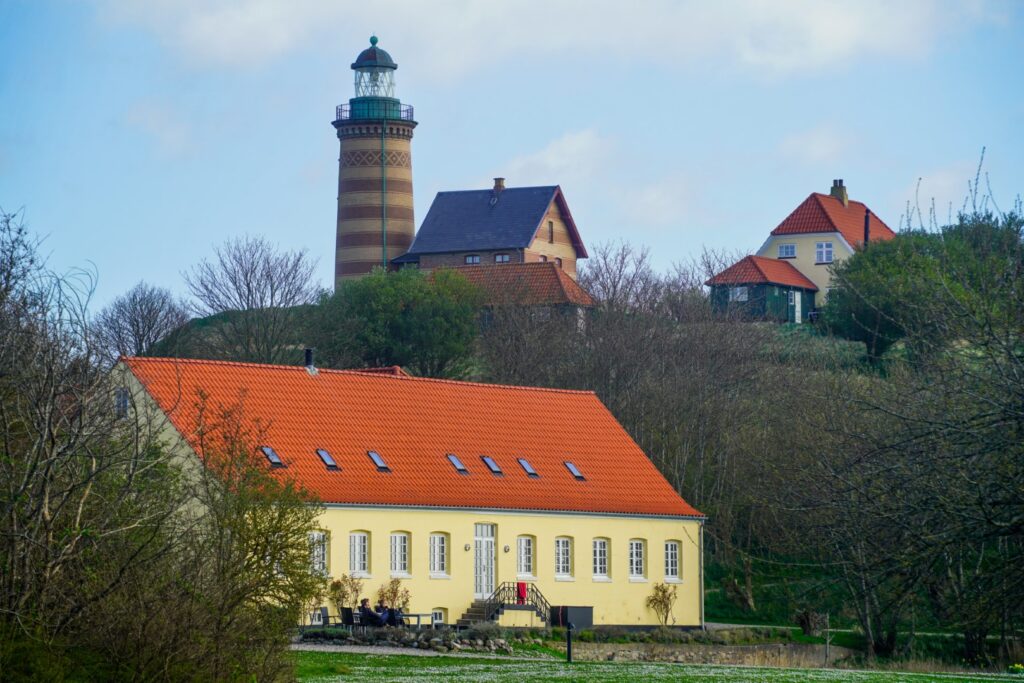

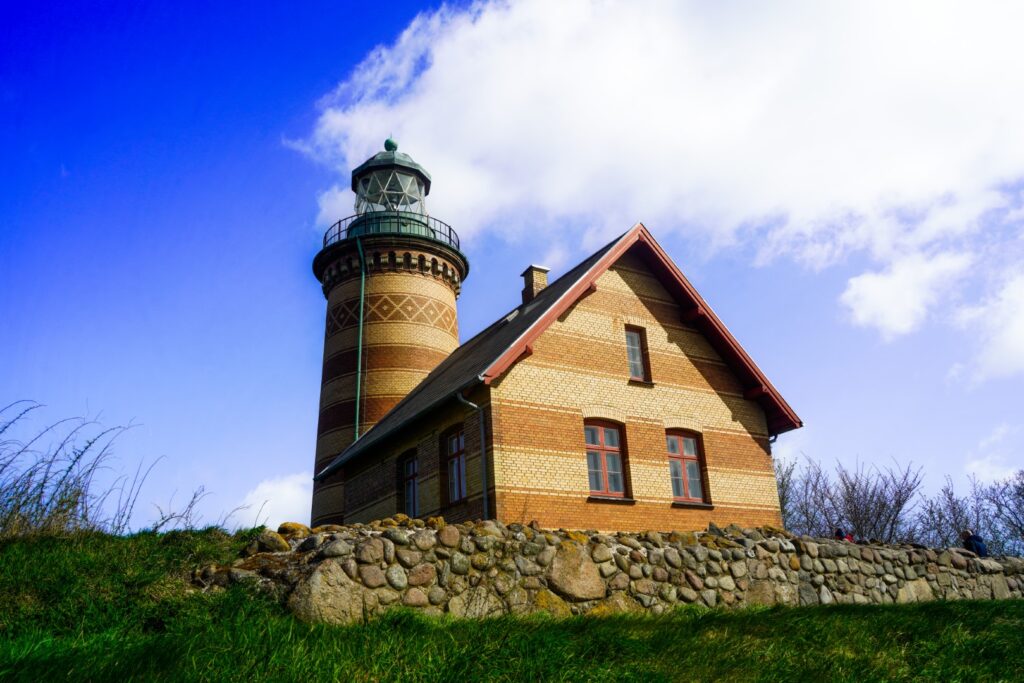
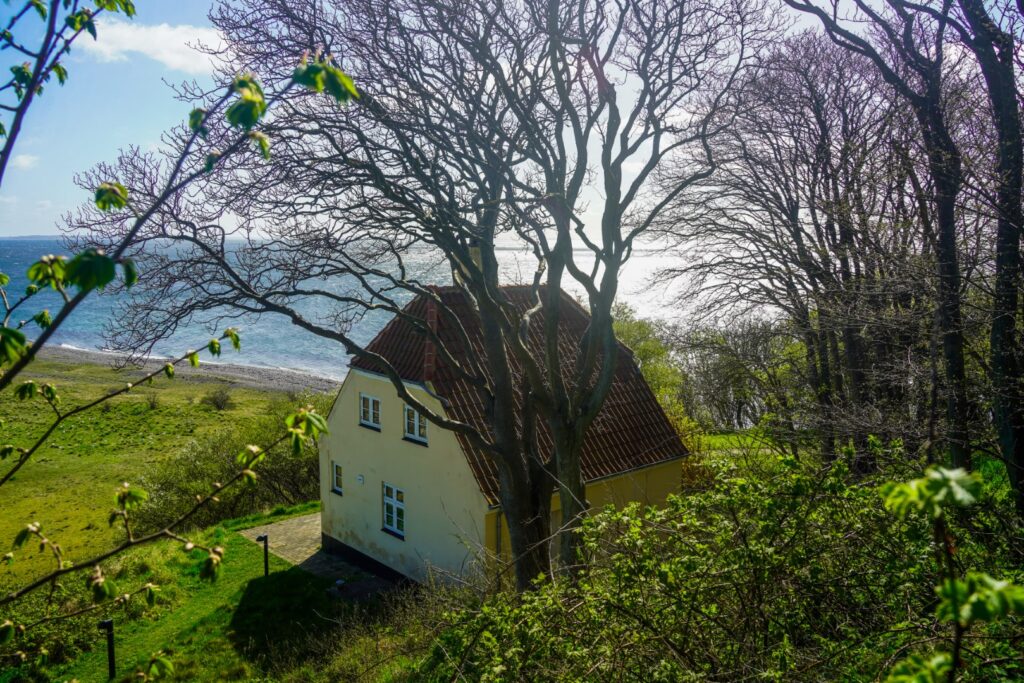
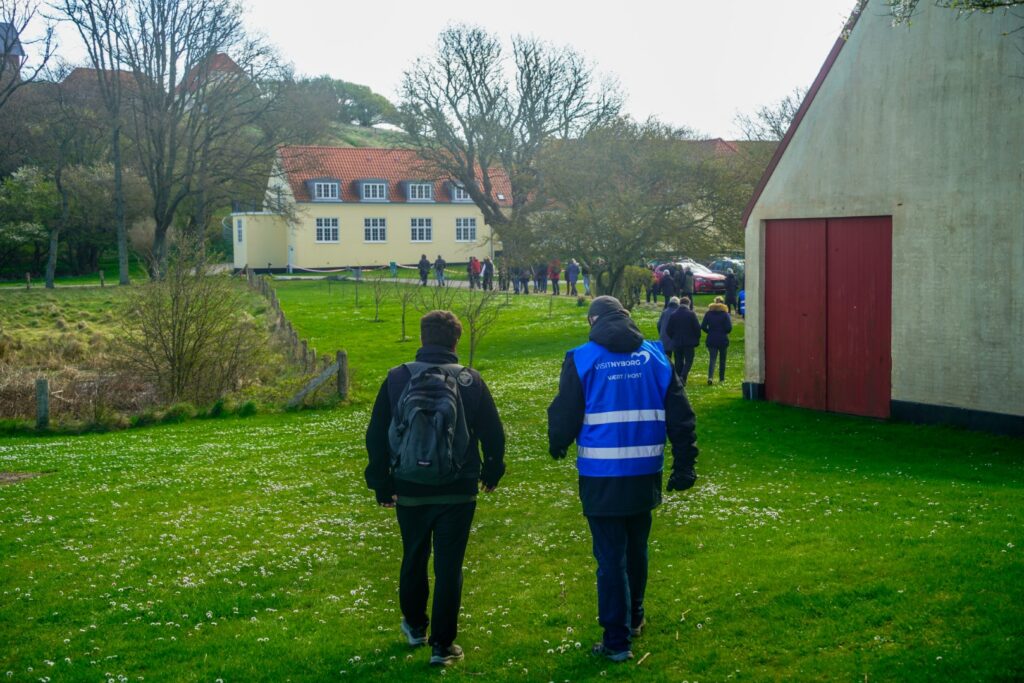
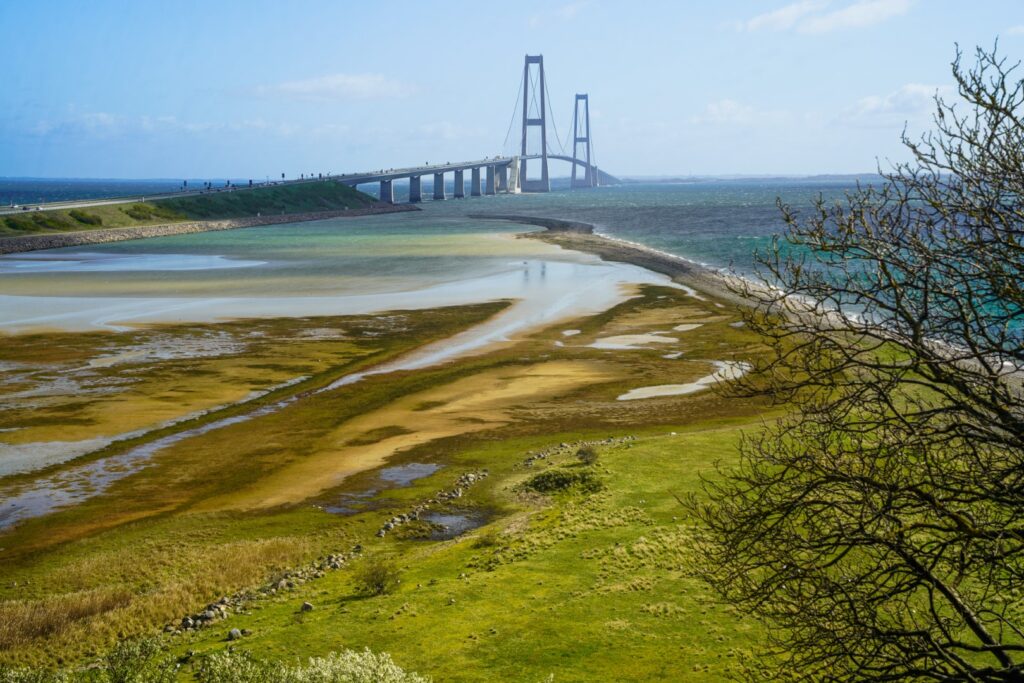
After an hour and a half of gallivanting around the island, we got back onto the bus and drove the 16 kilometres of road that was built onto “New Sprogø”, which was created when the bridge was being constructed between 1988 and 1998.
We got to go directly under the bridge twice, and it was a majestic sight to behold!

Three hours after we’d set off, we were back in Nyborg, but our tour didn’t end there. A guided tour around the town is also included in the price, and I’m so glad it was. I wasn’t sure what to expect of the town, but it absolutely blew me away – and reminded me that I need to see more of Denmark’s towns!
The guided walk led us to Nyborg’s historic centre with its 12th-century castle, which is one of the oldest preserved secular buildings in Denmark. We walked around its massive moat and enjoyed lovely views over the town. We ended up at Borgmestergården, a historic building from 1601, which houses the local museum. There, we were offered drinks of locally made beer and apple juice, and spent the last few moments chatting with our guides. A perfect end to a trip of a lifetime!
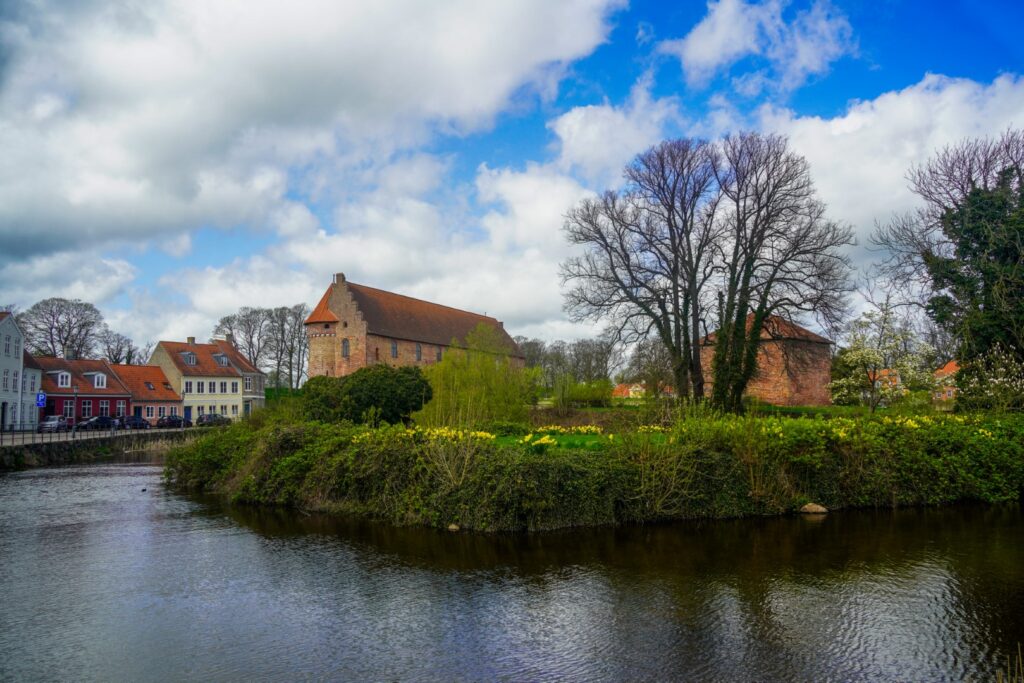
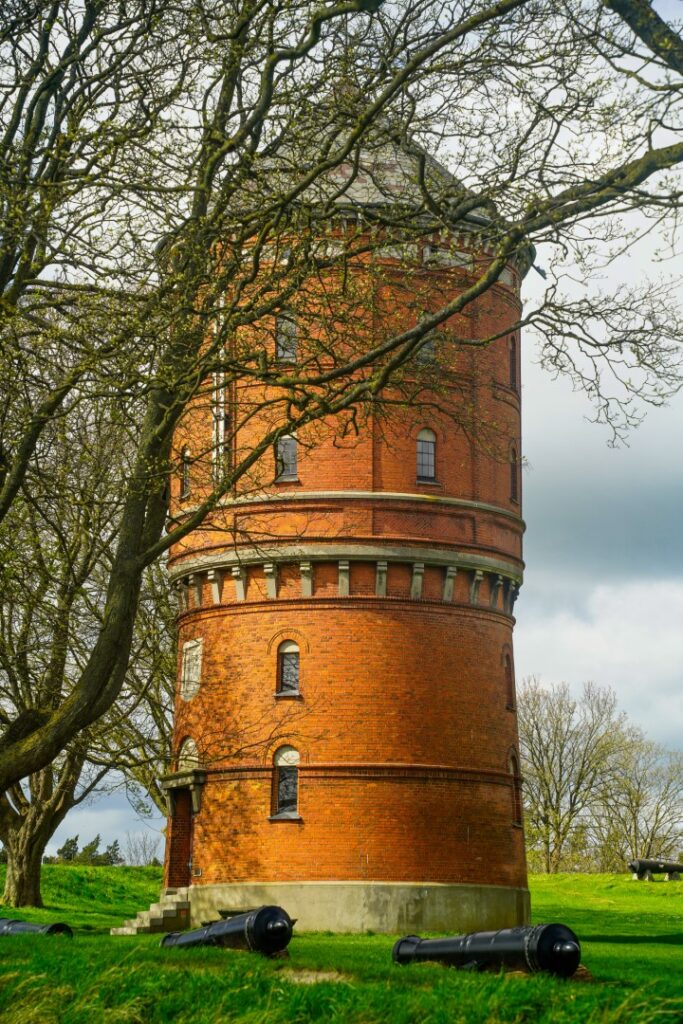



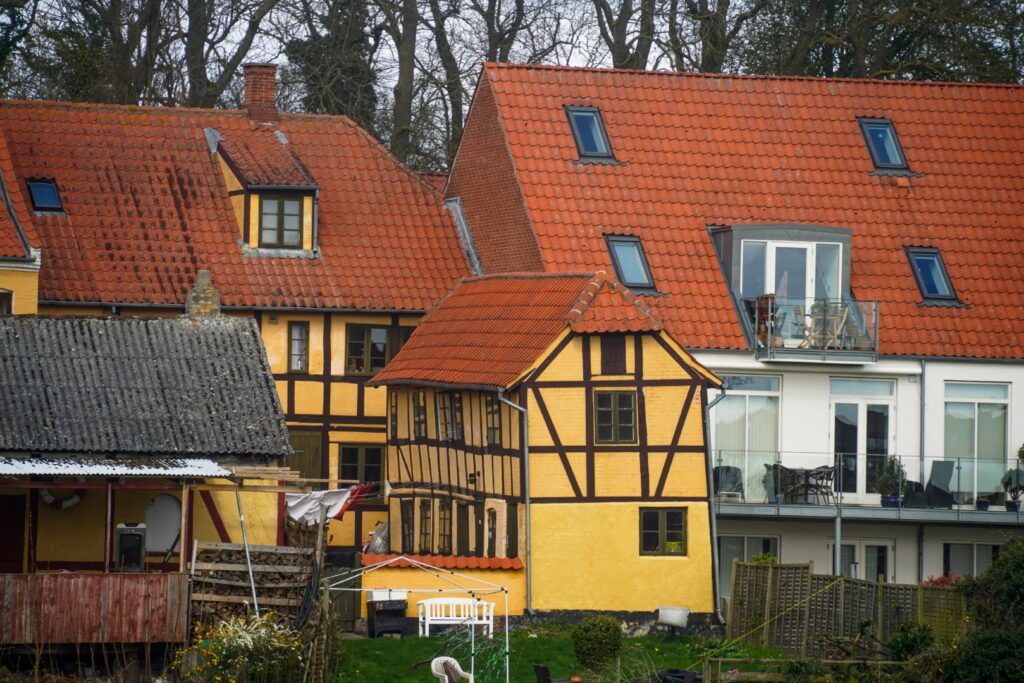



Would you like to explore Sprogø and Nyborg?
I wholeheartedly recommend taking the tour to Sprogø and Nyborg if these places interest you. It may be pricey, but is worth every penny!
You can find much more information about the tour here – including dates and when tickets will drop in the future!
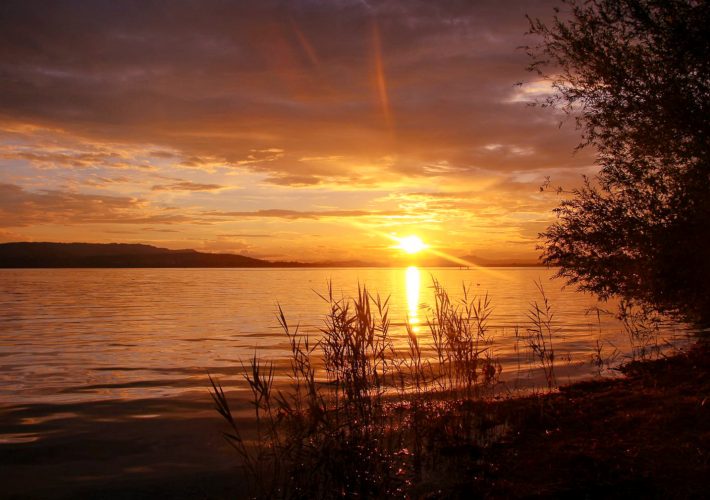
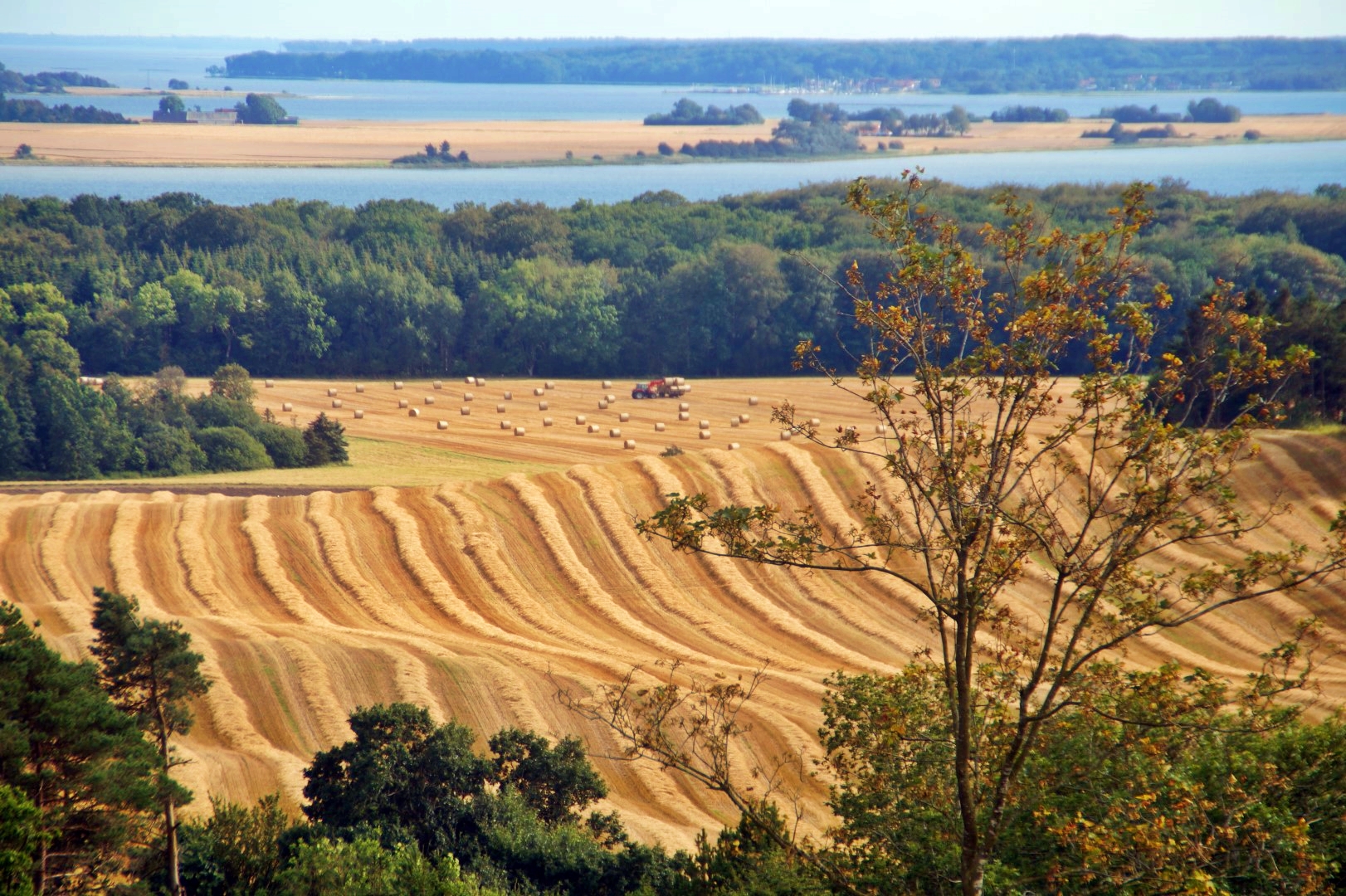
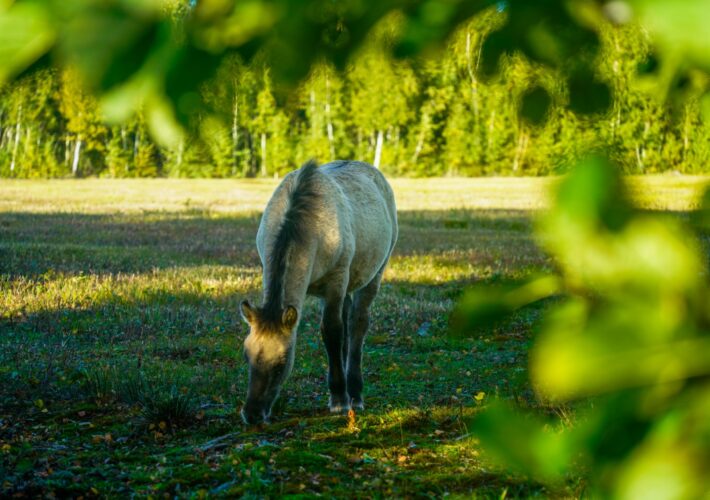
Leave a Comment